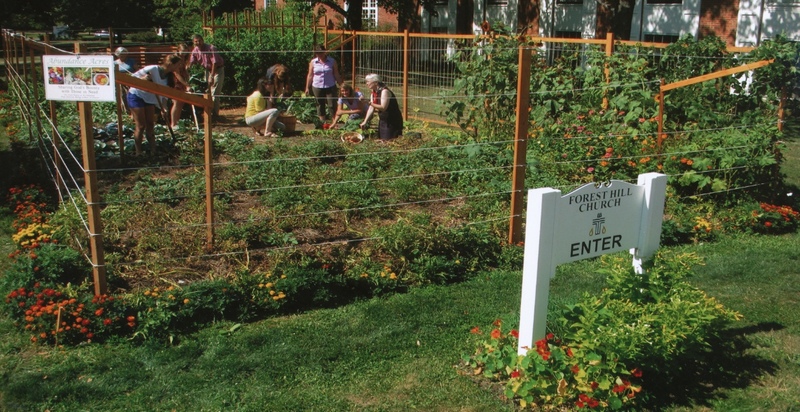Forest Hill Church, Presbyterian

On November 11, 1903, in a rented house on a brick street now called Radnor Road in the Mayfield Heights allotment of Cleveland Heights, Rev. Albert J. Alexander, pastor of Beckwith Memorial Presbyterian Church (later merged into the Church of the Covenant), led a few dozen people in worship. The "Mayfield Heights Branch" of Beckwith Memorial was born. By 1906, having outgrown the house, the congregation began using the basement of the old Superior Schoolhouse nearby. Just two years later it moved yet again, this time to a dedicated church building erected along Mayfield Road. The new church, renamed Cleveland Heights Presbyterian in 1918, boasted an organ paid for by Andrew Carnegie and John D. Rockefeller.
By 1935, in the depths of the Depression, the church had dwindled to only 65 members. Under the energetic leadership of a new pastor who added services calculated to attract young families, it began a meteoric rise over the next quarter century. After World War II, under another dynamic pastor, Rev. Yoder Leith, Forest Hill Church grew so large it had to face still another move. The Rockefeller family, whose pre-Depression plans for a first-class residential allotment foundered after only a few dozen homes were built, sold its Forest Hill land across Mayfield Road for new suburban development. The Rockefellers allocated space for a church at the corner of Monticello and Lee boulevards. Forest Hill purchased the parcel in 1946, and in 1950, using souvenir shovels issued by Leith, church members collectively broke ground for a Colonial-style building that opened the following spring as Forest Hill Church, Presbyterian.
By the early 1960s Forest Hill Church counted some 2,000 members, many drawn from the upscale Forest Hill neighborhood with its enduring restrictive deeds, but it stood on the cusp of wrenching changes. Under the leadership of Rev. Leith and associate pastor Rev. Ned Edwards, the church began to embrace progressive social justice issues, especially civil rights, a commitment that would grow over time. Edwards' nomination as senior pastor in 1970 was literally a point of departure as hundreds of families left the congregation out of dismay at its progressive turn. With associate pastor Rev. Robert H. Barnes, Edwards, a committed activist in many social justice–oriented efforts in the Heights, steered a congregation that by 1980 had shrunk to half its early 1960s size. During the 1970s, Forest Hill played a founding role in the Heights Community Congress, the Forest Hill Housing Corporation (now Heights Home Repair Resource Center), and other organizations. Now several years into its second century, Forest Hill Church has continued to be known for its inclusiveness and its many and varied faith-based commitments to social equity.
Audio
Images








